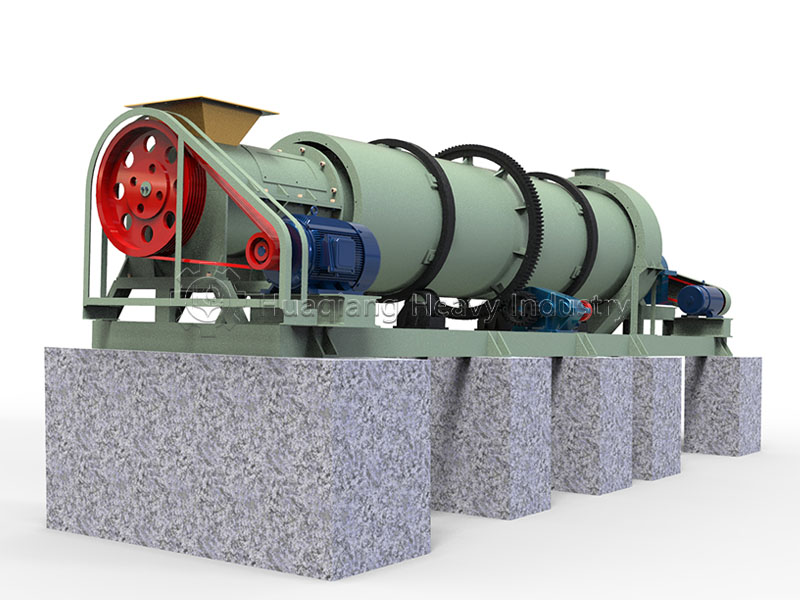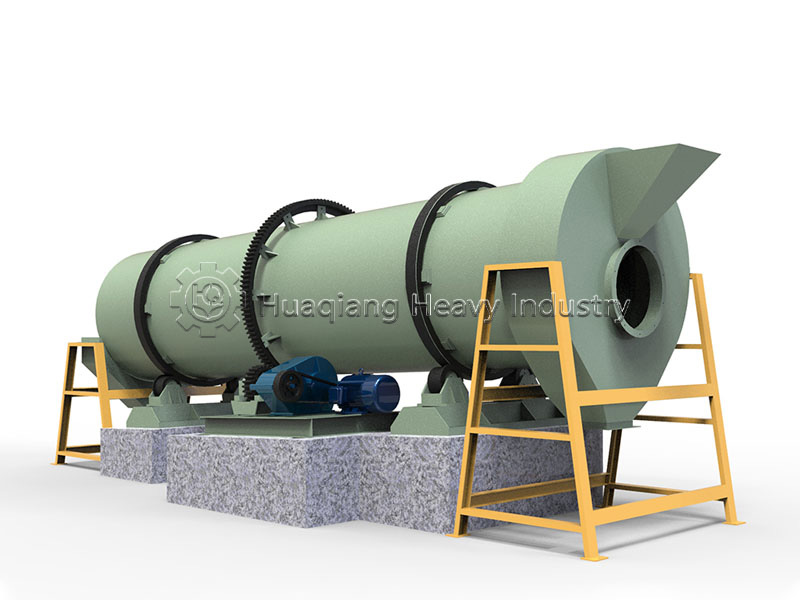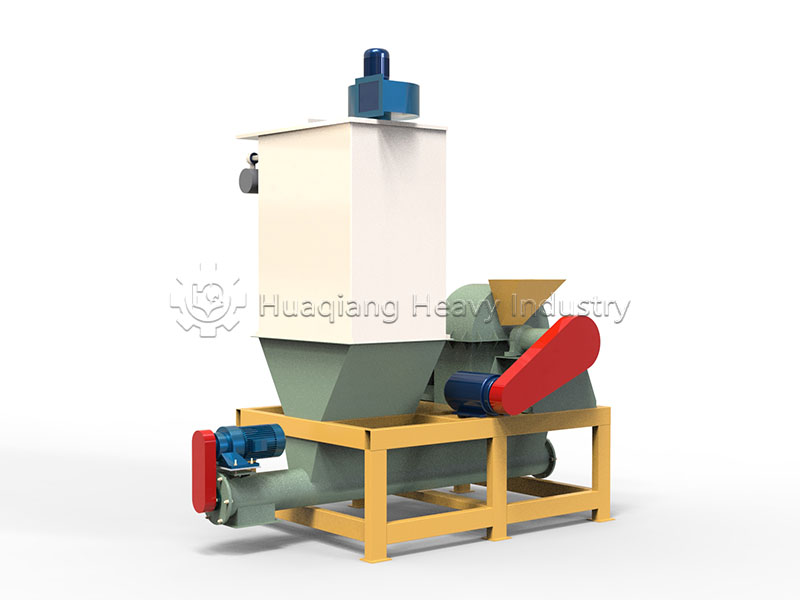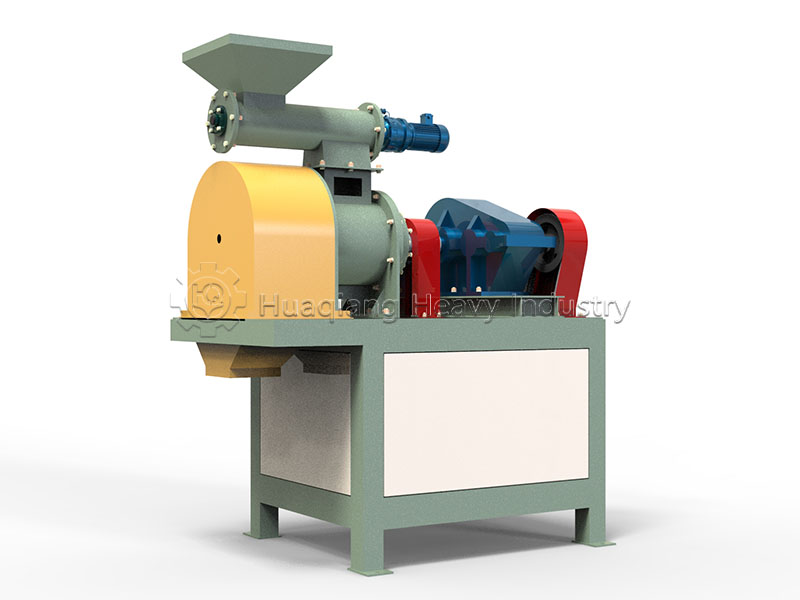New Granulator: Two-in-One Magic?
In the innovative wave of organic fertilizer production, the new stirring tooth-drum two-in-one granulator acts like a skilled magician, ingeniously integrating traditional mixing and granulation processes to bring revolutionary breakthroughs to organic fertilizer production. This patented product, jointly developed by our company and the Agricultural Machinery Research Institute, is transforming the entire industry’s production model with its unique design concept.

Innovative Design: Wisdom of Dual Integration
Wet Continuous Push Rod Technology
Utilizes advanced wet continuous push rod granulation technology, ensuring materials complete granulation under optimal humidity conditions, significantly improving particle formation rate.
Intelligent Mode Switching
Built-in intelligent control system automatically completes the transition from mixing to granulation modes, achieving intelligent management of the production process.
Patent Stirring Structure
Unique stirring tooth design ensures perfect uniformity during the mixing stage, laying a solid foundation for subsequent granulation.
Exquisite Process: Seamless Transformation
Material Feeding
Thoroughly fermented organic materials enter the machine, beginning their magical transformation journey
Efficient Mixing
Built-in stirring device operates at high speed, ensuring even distribution of all components with no dead angles
Precision Granulation
Special granulation mechanism processes mixed materials into uniform particles through stirring and extrusion principles
Product Output
Perfectly formed organic fertilizer particles ready for the next process
Outstanding Advantages: Redefining Production Efficiency
· Space Saving – Reduces footprint by over 40% compared to traditional equipment, especially suitable for small and medium-sized enterprises with limited space
· Energy Reduction – Eliminates material transfer links, reducing overall energy consumption by 30%, achieving green production
· Easy Operation – Integrated design simplifies operational procedures, lowering technical requirements for operators
· Quality Products – High particle uniformity with moderate strength, convenient for storage and application
· Convenient Maintenance – Modular design makes daily maintenance and part replacement simpler and faster
Core Value: Tailored for SMEs
This two-in-one organic fertilizer granulator perfectly meets the actual needs of small and medium-sized production enterprises. It not only solves the problems of numerous equipment and complex processes in traditional production lines but also provides an ideal solution for SMEs to achieve intensive production with its reasonable price and excellent performance. The equipment offers a short investment recovery period and low operating costs, helping enterprises gain competitive advantages in the fierce market competition.
The new stirring tooth-drum two-in-one granulator represents not only an outstanding example of technological innovation but also an important force driving the upgrade of the organic fertilizer industry. It simplifies complex production processes and integrates dispersed production procedures into one unit. With its excellent performance and intelligent design, it is sparking an efficiency revolution in the global organic fertilizer production sector. Choosing this equipment means choosing a path of efficient, energy-saving, and intelligent modern production.
In conclusion, the revolutionary stirring tooth-drum two-in-one organic fertilizer granulator represents a paradigm shift in fertilizer production technology. While traditional npk fertilizer production process relies on multiple separate machines, our integrated solution combines mixing and granulation into one efficient unit. Unlike conventional rotary drum granulator systems or roller press granulator production line setups that require significant space and energy, our new type two in one organic fertilizer granulator simplifies the entire npk fertilizer manufacturing process. The equipment works seamlessly with supporting machinery like rotary screener and chain compost turning machine to create a complete production ecosystem. From organic fertilizer fermentation process using advanced fermentation composting technology for organic fertilizer with windrow composting machine to final granulation, this innovation redefines fertilizer production machine efficiency. As the industry evolves beyond traditional drum granulation and fertilizer compaction methods, our technology offers a sustainable alternative to fertilizer compactor and fertilizer granules compaction equipment, setting new standards for the complete npk production line and establishing advanced npk fertilizer production technology for modern agricultural needs.










